Home>Interior Design>I Use This Vinegar Trick To Prevent My Laundry From Fading
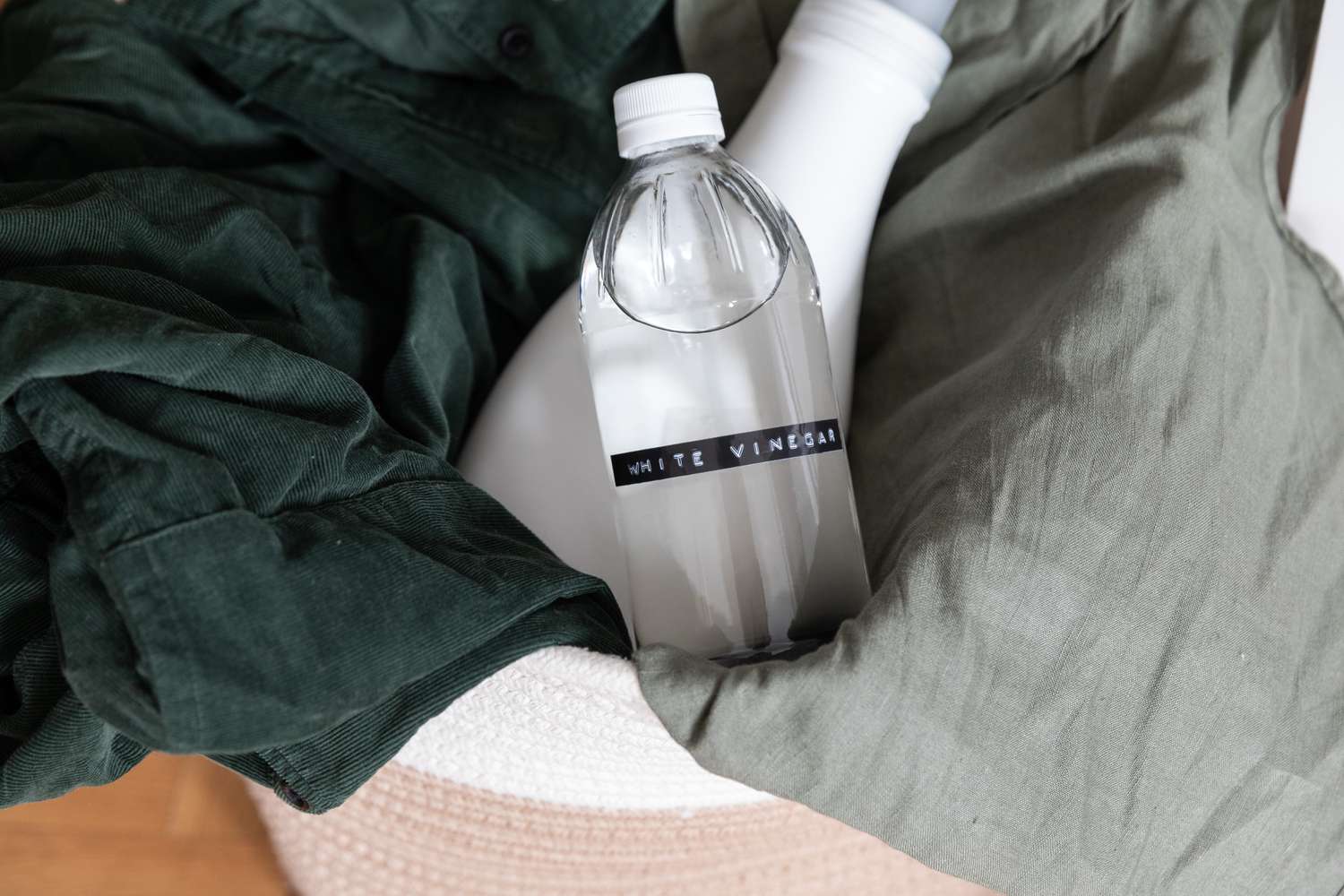

Interior Design
I Use This Vinegar Trick To Prevent My Laundry From Fading
Modified: January 19, 2024
Prevent laundry fading with this vinegar trick! Learn how interior-design enthusiasts keep clothes vibrant and fresh. Try it today!
(Many of the links in this article redirect to a specific reviewed product. Your purchase of these products through affiliate links helps to generate commission for Storables.com, at no extra cost. Learn more)
Introduction
Laundry fading can be a frustrating issue for many households. We invest time, money, and effort into keeping our clothes looking fresh and vibrant, only to have them lose their color after a few washes. The fading of laundry can be caused by a multitude of factors, including the use of harsh detergents, improper washing techniques, and the natural wear and tear of fabrics.
However, there is a simple and effective trick that can help prevent laundry from fading: vinegar. Yes, the common household vinegar that you probably have in your kitchen pantry can be a powerful ally in preserving the color and vibrancy of your clothes.
In this article, we will explore the science behind why laundry fades and delve into the vinegar trick, uncovering the many benefits and providing a step-by-step guide on how to use vinegar on your laundry. We will also address common misconceptions and offer some additional tips to ensure you get the best results.
So, if you’re tired of seeing your favorite garments fade away, stick around and discover how vinegar can be your secret weapon in the battle against laundry fading.
Key Takeaways:
- Vinegar is a powerful ally in preserving the color and vibrancy of clothes, neutralizing detergent residue, restoring pH balance, and softening fabrics, all while being environmentally friendly and cost-effective.
- Incorporating vinegar into your laundry routine offers numerous benefits, such as reducing odors, eliminating static, and being compatible with all fabric types, providing a simple and versatile solution for vibrant, fresh, and beautiful clothes.
Why Laundry Fades
Understanding why laundry fades is crucial in finding effective solutions to prevent it. There are several key factors that contribute to the fading of clothes, including:
- Harsh detergents: Many conventional laundry detergents contain strong chemicals and enzymes that can strip away the dyes and pigments in fabrics over time. These harsh detergents are often necessary for removing tough stains, but they can also cause colors to fade.
- Excessive heat: High temperatures can accelerate the fading process, especially when drying clothes in a machine dryer. The combination of heat and friction can cause the dyes in fabrics to break down, resulting in faded colors.
- Aggressive washing techniques: Vigorous washing, such as scrubbing or wringing clothes too vigorously, can cause the dyes to release from the fabric, leading to fading. Rough handling can also cause fibers to weaken, making them more prone to fading and damage.
- UV exposure: Sunlight contains ultraviolet (UV) rays, which can be harmful to fabrics. Prolonged exposure to sunlight can weaken the color molecules in fabrics, causing them to fade. This is particularly true for natural fabrics like cotton and linen.
- Wearing and friction: Everyday wear and tear can cause friction between clothes and surfaces, leading to color loss over time. This is particularly noticeable in high-friction areas like cuffs, collars, and seams.
These factors, combined with the repeated washing and drying of our clothes, contribute to the gradual fading of laundry. Fortunately, with proper care and the right techniques, it is possible to mitigate these effects and keep your clothes looking vibrant for longer.
The Vinegar Trick Explained
The vinegar trick is a tried-and-true method that has been passed down through generations for its effectiveness in preventing laundry fading. But how does it work?
Vinegar, specifically white distilled vinegar, contains acetic acid, which acts as a natural fabric conditioner and color fixative. Acetic acid helps to restore and maintain the pH balance of fabrics, preventing color fading and enhancing their overall appearance.
When added to the rinse cycle of your laundry, vinegar works in several ways:
- Neutralizing detergent residue: Vinegar helps to remove any residual detergent left on your clothes after the wash cycle. Detergent buildup can dull fabrics and cause colors to fade. By neutralizing this residue, vinegar ensures that your clothes are clean and vibrant.
- Restoring pH balance: Some water sources can be alkaline, which can contribute to color fading. Vinegar acts as a pH regulator, bringing the water’s pH closer to the optimal level for preserving colors in fabrics.
- Locking in color: Acetic acid in vinegar helps to set and seal the dye molecules in the fabric, making them less likely to wash out or fade. This helps to prolong the lifespan of the colors in your clothes.
- Softening fabrics: Vinegar acts as a natural fabric softener, making your clothes feel softer and more comfortable to wear. This is especially beneficial for rougher fabrics that can become stiff after repeated washes.
Overall, the vinegar trick works by optimizing the washing conditions and enhancing the longevity of the colors in your laundry. It is a simple, cost-effective, and eco-friendly solution that can make a significant difference in preserving the vibrancy of your clothes.
Benefits of Using Vinegar on Laundry
The benefits of using vinegar on laundry go beyond preventing fading. Here are some of the advantages you can expect when incorporating vinegar into your laundry routine:
- Gentle on fabrics: Unlike harsh commercial fabric softeners, vinegar is a natural and gentle alternative. It helps to soften fabrics without leaving a residue that can build up over time.
- Eliminates odors: Vinegar is known for its ability to neutralize odors. Adding vinegar to your laundry can help eliminate unpleasant smells, leaving your clothes smelling fresh and clean.
- Reduces static: Static cling is a common problem when drying clothes. Vinegar can help reduce static, ensuring your clothes come out of the dryer with fewer wrinkles and less clinging.
- Environmentally friendly: Using vinegar in your laundry routine is a more sustainable choice compared to commercially produced fabric softeners and additives that can contain harmful chemicals. Vinegar is biodegradable, non-toxic, and readily available.
- Cost-effective: Vinegar is a cost-effective alternative to expensive fabric softeners and laundry additives. A small amount of vinegar can go a long way in providing the desired results, making it a budget-friendly option for preserving your clothes.
- Compatible with all fabrics: Vinegar is safe to use on all types of fabrics, including natural fibers like cotton, wool, and silk, as well as synthetic materials like polyester and nylon. You can confidently include vinegar in your laundry routine, knowing that it won’t harm your clothes.
By incorporating vinegar into your laundry routine, you can enjoy these additional benefits while protecting the vibrancy and lifespan of your clothes. It’s a simple and versatile solution that can make a significant difference in the overall quality of your laundry experience.
Step-by-Step Guide to Using Vinegar on Laundry
Using vinegar on your laundry is a straightforward and easy process. Follow these simple steps to incorporate vinegar into your washing routine:
- Select the appropriate vinegar: Opt for white distilled vinegar, as it is the most commonly used type for laundry purposes. Avoid using darker vinegars, such as balsamic or red wine vinegar, as they may stain your clothes.
- Pre-treat stains: Before starting the wash cycle, pre-treat any stains on your clothes using suitable stain removers or by soaking them in a vinegar-water solution. This will help break down the stains and improve their removal during the wash.
- Load your washing machine: Place your clothes in the washing machine as you normally would. Sort them by color and fabric type to prevent any potential color bleeding or damage.
- Add detergent: Add your regular laundry detergent according to the manufacturer’s instructions. Be mindful of using a mild and color-safe detergent to further protect your clothes.
- Pour vinegar into the dispenser: Measure half a cup to one cup of white vinegar and pour it into the fabric softener dispenser or directly into the washing machine drum. The amount of vinegar depends on the size of your load and the level of softness and brightness you desire.
- Start the wash cycle: Set your washing machine to the appropriate settings, including the water temperature and cycle length. Start the wash cycle and let the machine do its job.
- Opt for a vinegar rinse: To give your clothes an extra boost, consider adding vinegar to the rinse cycle as well. This helps to remove any remaining detergent residue and ensures that your clothes are thoroughly clean.
- Dry your clothes: Once the wash cycle is complete, you can either air dry your clothes or use a dryer. If using a dryer, avoid using high heat to minimize any potential color fading or damage.
By following these simple steps, you can effectively incorporate vinegar into your laundry routine and experience the benefits it provides. Experiment with different amounts of vinegar to find the right balance for your specific laundry needs and preferences.
Add 1/2 cup of white vinegar to the rinse cycle when washing colored clothes to help set the color and prevent fading.
Tips for Getting the Best Results
While using vinegar on your laundry can be highly beneficial, there are a few additional tips and considerations to keep in mind to ensure you get the best results:
- Use the right amount: The amount of vinegar to use may vary depending on your load size, water hardness, and personal preference. Start with half a cup to one cup of vinegar and adjust as needed. Avoid using excessive amounts, as this may leave a vinegar scent on your clothes.
- Choose the right timing: Adding vinegar during the rinse cycle is typically the most effective way to use it on your laundry. This allows the vinegar to penetrate the fabric and aid in removing detergent residue. If you prefer to add it during the wash cycle, opt for a time when the water is at its highest level.
- Combine vinegar with other natural additives: Enhance the effectiveness of vinegar by pairing it with other natural additives. For example, you can add a few drops of essential oils to the vinegar for a pleasant scent or incorporate baking soda to boost stain removal.
- Spot test delicate fabrics: Delicate fabrics, such as silk or lace, can be more sensitive to vinegar. To avoid any potential damage or discoloration, spot test a small, inconspicuous area of the fabric before applying vinegar to the entire garment.
- Consider vinegar as a fabric softener alternative: If you prefer to skip commercial fabric softeners, you can use vinegar as a standalone fabric softener. Simply add it to the fabric softener dispenser during the rinse cycle to enjoy softer, more comfortable clothes.
- Preserve colors with cold water: Washing your clothes in cold water helps to minimize color fading. When using vinegar on your laundry, pair it with cold water settings to keep your colors vibrant for longer.
- Don’t overdo it: While vinegar is a powerful tool in preserving your laundry, it’s important not to rely solely on vinegar to compensate for other laundry care practices. Use proper washing techniques, gentle detergents, and follow garment care instructions for optimal results.
By incorporating these tips into your laundry routine, you can maximize the benefits of using vinegar and ensure your clothes stay bright, fresh, and vibrant with every wash.
Common Misconceptions about Using Vinegar on Laundry
While the use of vinegar on laundry is a popular and effective method, there are some common misconceptions that may lead to confusion or hesitation. Let’s debunk these misconceptions and clarify the facts:
- Vinegar will leave a strong smell on clothes: One of the most common concerns about using vinegar on laundry is the lingering smell. However, when used correctly, vinegar in the rinse cycle does not leave a strong odor on clothes. The vinegar scent dissipates during the washing process and is not noticeable once the clothes are dry.
- Vinegar will damage or bleach clothes: The acidity of vinegar does not damage or bleach clothes when used properly. White distilled vinegar is mild and safe to use on most fabrics. However, as an extra precaution, it is always a good idea to spot test vinegar on delicate or colored fabrics before using it on the entire garment.
- Vinegar can be used as a substitute for detergent: While vinegar is a useful addition to your laundry routine, it should not be used as a substitute for detergent. Vinegar is not designed to effectively remove dirt, stains, and odors on its own. It works best when combined with a suitable detergent to ensure thorough cleaning.
- Vinegar can be used on all types of stains: Vinegar is effective in removing certain types of stains, such as sweat stains or deodorant residue. However, it may not be as effective on stubborn stains like oil or grease. For tough stains, it is advisable to use appropriate stain removers or consult specific stain removal techniques.
- Vinegar will set stains: The myth that vinegar can set stains is often misunderstood. When used as part of the rinse cycle, vinegar helps to remove detergent residue and can aid in preventing color bleeding. However, if vinegar is applied directly to a stain, it may set the stain rather than removing it. It is important to pre-treat stains before washing for the best results.
By dispelling these misconceptions, you can confidently use vinegar on your laundry, knowing that it is a safe, effective, and versatile tool for preserving the color and quality of your clothes.
Precautions and Considerations
While using vinegar on your laundry can be beneficial, it’s important to keep some precautions and considerations in mind to ensure optimal results and protect your clothes:
- Spot test delicate fabrics: As mentioned earlier, delicate fabrics like silk, lace, or rayon can be sensitive to vinegar. Before applying vinegar to the entire garment, spot test a small, inconspicuous area to check for any adverse reactions, such as discoloration or damage.
- Avoid using vinegar on certain types of stains: Vinegar may not be effective in removing all types of stains, especially those caused by oil, grease, or certain chemicals. In such cases, it is best to use specific stain removers or follow stain removal techniques recommended for the type of stain you’re dealing with.
- Follow garment care instructions: While vinegar is generally safe to use on most fabrics, it’s essential to follow the care instructions provided by the manufacturer. Some clothes may have specific cleaning instructions that should be followed to maintain their quality and longevity.
- Use proper washing techniques: Vinegar can help preserve your clothes, but it’s important to incorporate other good laundry practices as well. These include using the appropriate water temperature for your clothes, avoiding overloading the washing machine, and using gentle cycles for delicate items.
- Adjust vinegar amounts based on water hardness: If you live in an area with hard water, you may need to adjust the amount of vinegar used in your laundry. Hard water can interfere with the effectiveness of vinegar, so you may need to increase the vinegar amount slightly for better results.
- Consider the scent of vinegar: While vinegar dissipates during the washing process, some people may still be sensitive to its scent. If the residual odor is a concern for you, you can add a few drops of essential oil to the vinegar or use a scented fabric softener during the rinse cycle to mask the scent.
By taking these precautions and considerations into account, you can enjoy the benefits of using vinegar on your laundry while ensuring the best care for your clothes.
Conclusion
Preserving the color and vibrancy of your clothes is essential to maintaining their overall appeal and longevity. The vinegar trick offers a simple and effective solution to prevent laundry fading and keep your garments looking fresh and vibrant for longer.
By understanding the causes of laundry fading and the science behind how vinegar works, you can confidently incorporate this natural ingredient into your laundry routine. Vinegar helps to neutralize detergent residue, restore pH balance, lock in colors, and soften fabrics, all while being environmentally friendly and cost-effective.
Following a step-by-step guide, you can easily integrate vinegar into your wash cycle, ensuring optimal results. Additionally, by following tips such as using the right amount of vinegar, selecting the appropriate timing, and spot testing delicate fabrics, you can achieve the best outcomes and avoid any potential issues.
While there may be some misconceptions surrounding vinegar on laundry, understanding the facts can help you use this versatile ingredient with confidence. Vinegar is safe for most fabrics and does not leave a strong odor or bleach clothes when used correctly.
However, it is important to remember that vinegar is not a substitute for proper washing techniques or targeted stain treatments. It works best in conjunction with a suitable detergent and should be used in accordance with garment care instructions.
In conclusion, incorporating vinegar into your laundry routine offers numerous benefits, such as preserving colors, softening fabrics, reducing odors, and being environmentally friendly and cost-effective. By following precautions and considerations, you can enhance your laundry experience while keeping your clothes looking their best.
So, say goodbye to faded laundry and embrace the power of vinegar to keep your clothes vibrant, fresh, and beautiful wash after wash.
Frequently Asked Questions about I Use This Vinegar Trick To Prevent My Laundry From Fading
Was this page helpful?
At Storables.com, we guarantee accurate and reliable information. Our content, validated by Expert Board Contributors, is crafted following stringent Editorial Policies. We're committed to providing you with well-researched, expert-backed insights for all your informational needs.
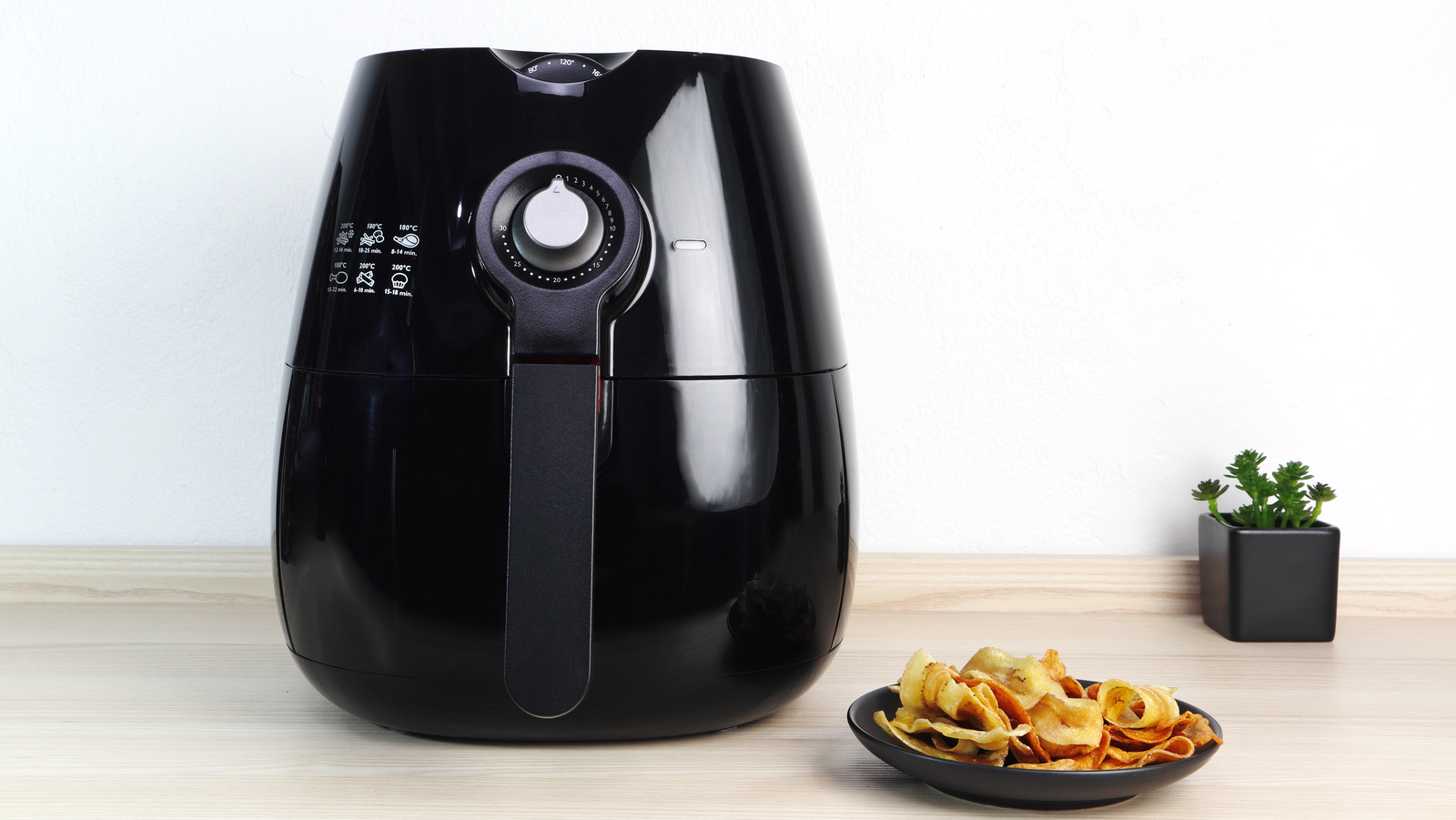
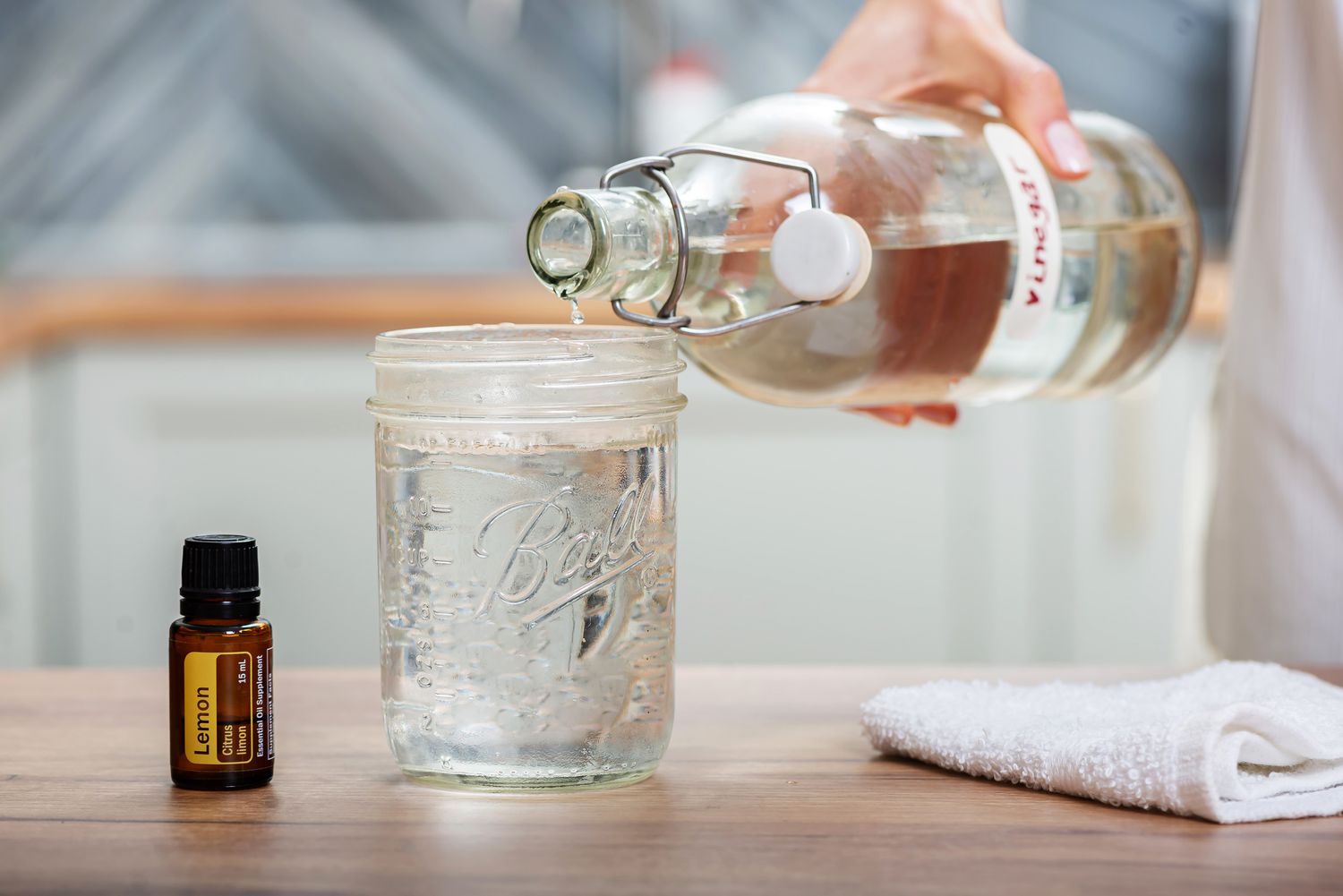


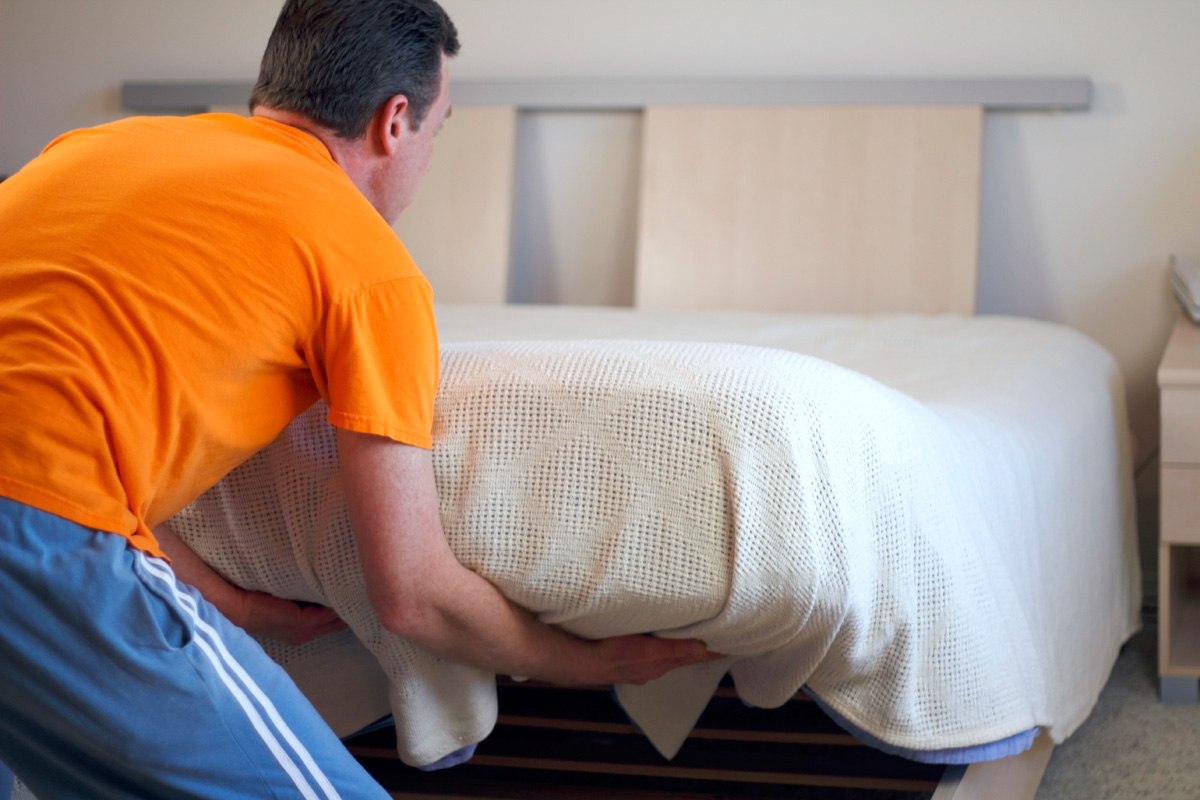
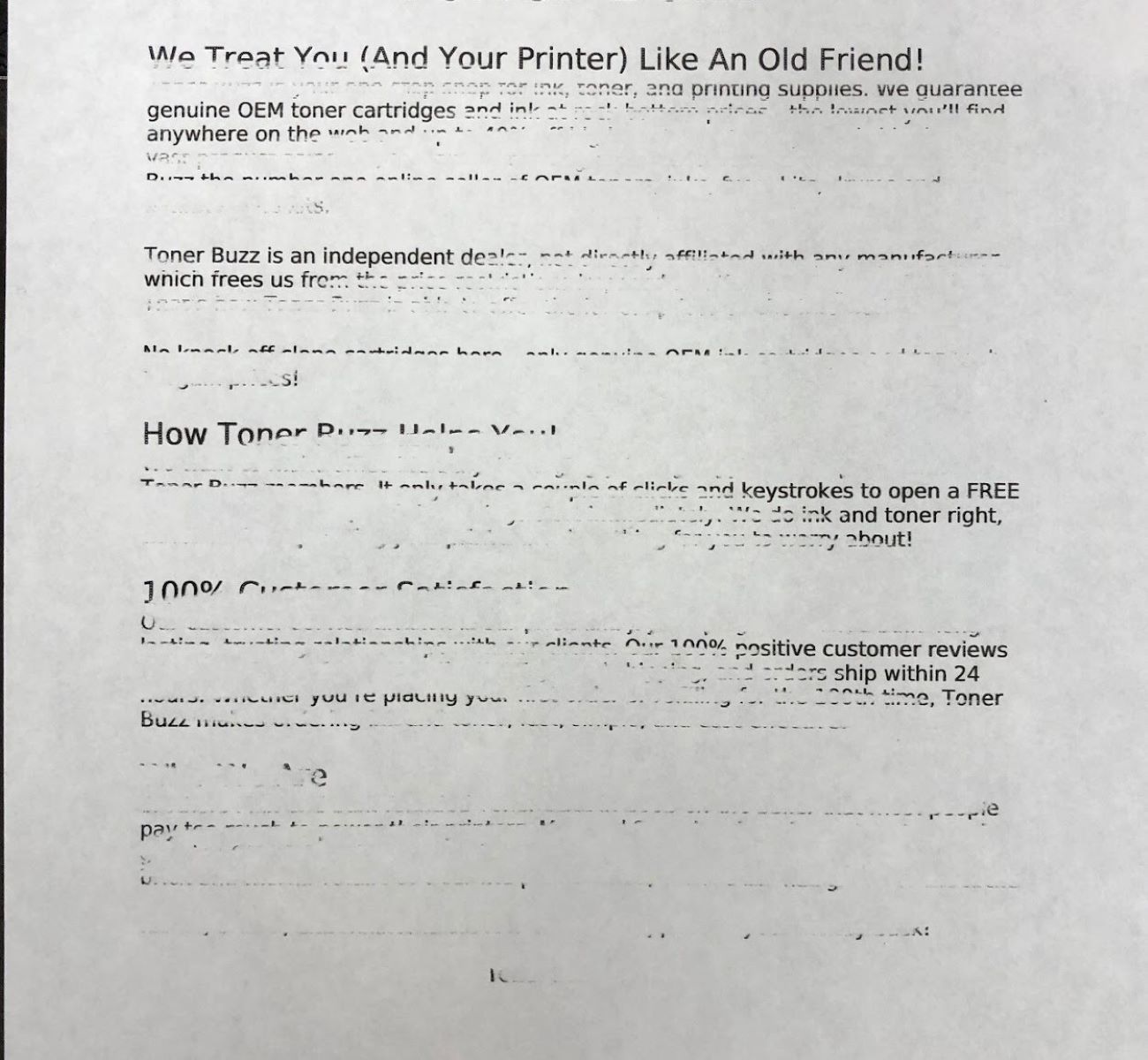
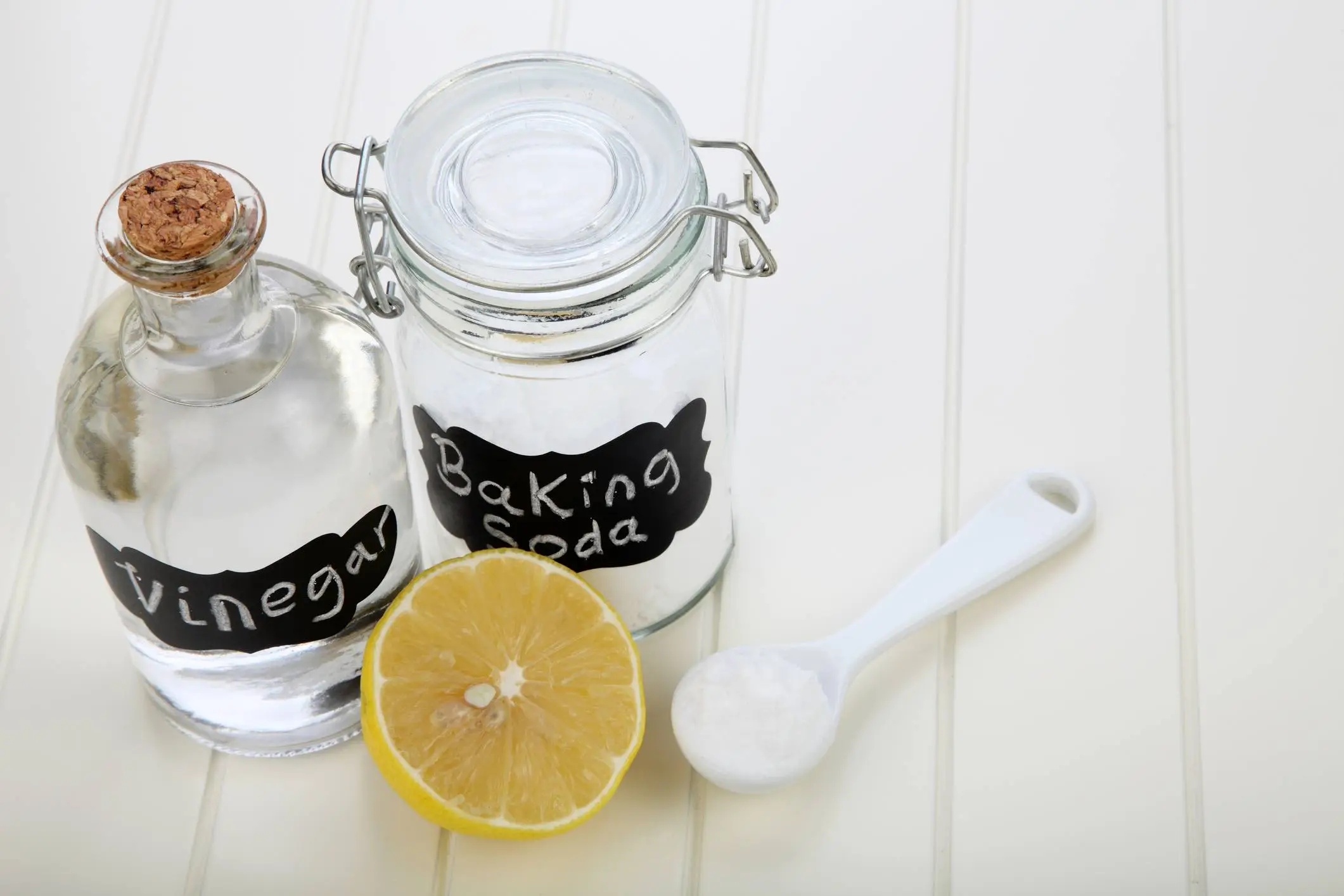
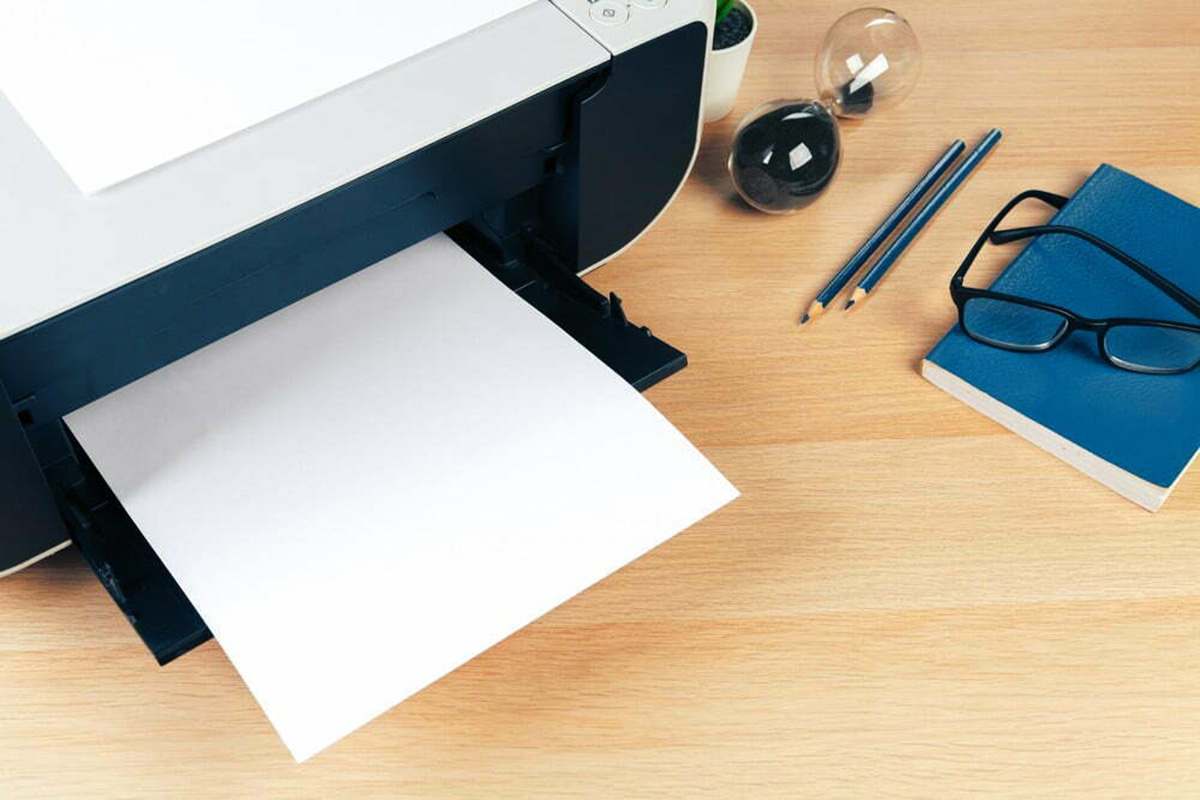
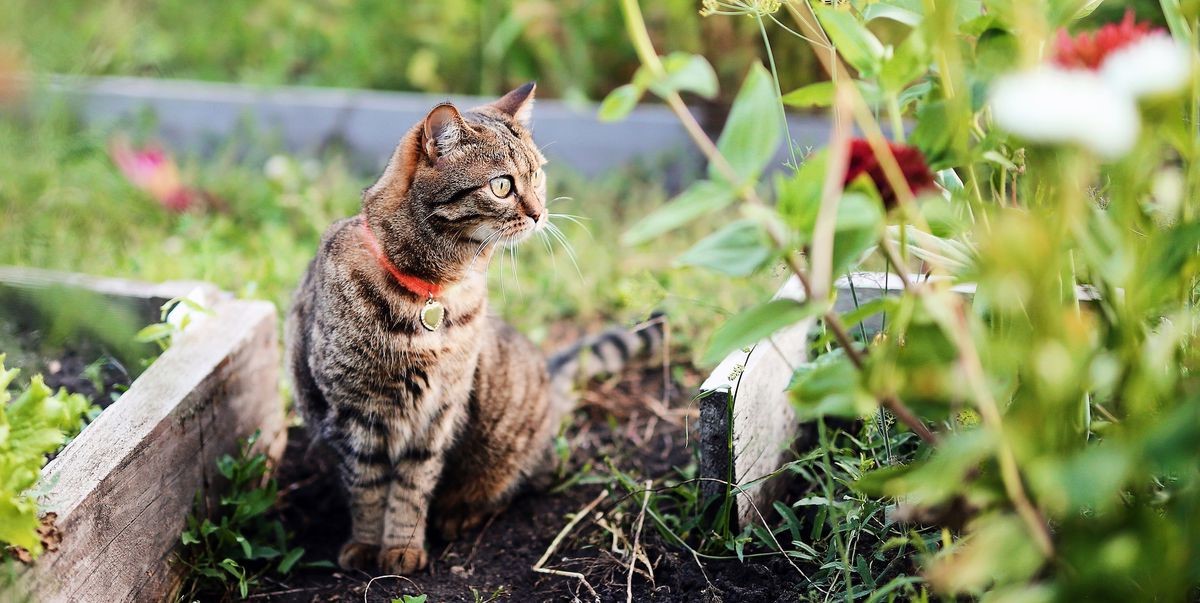
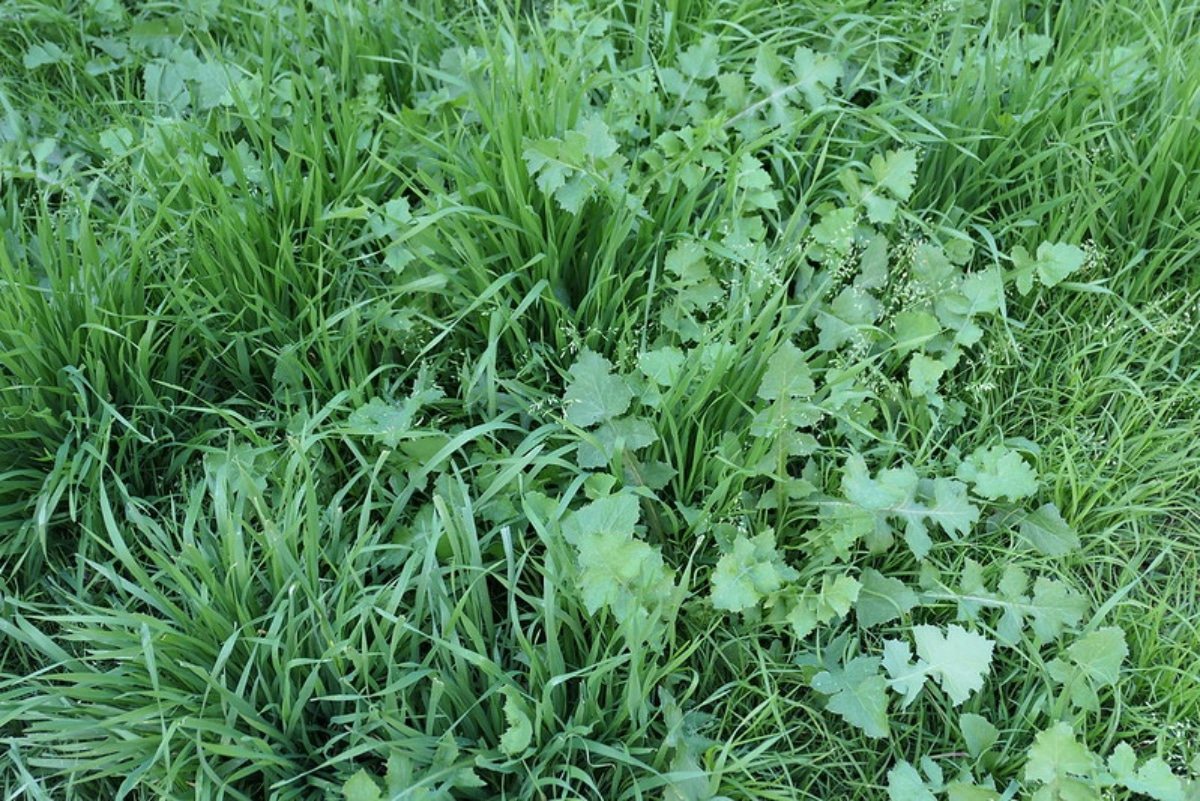
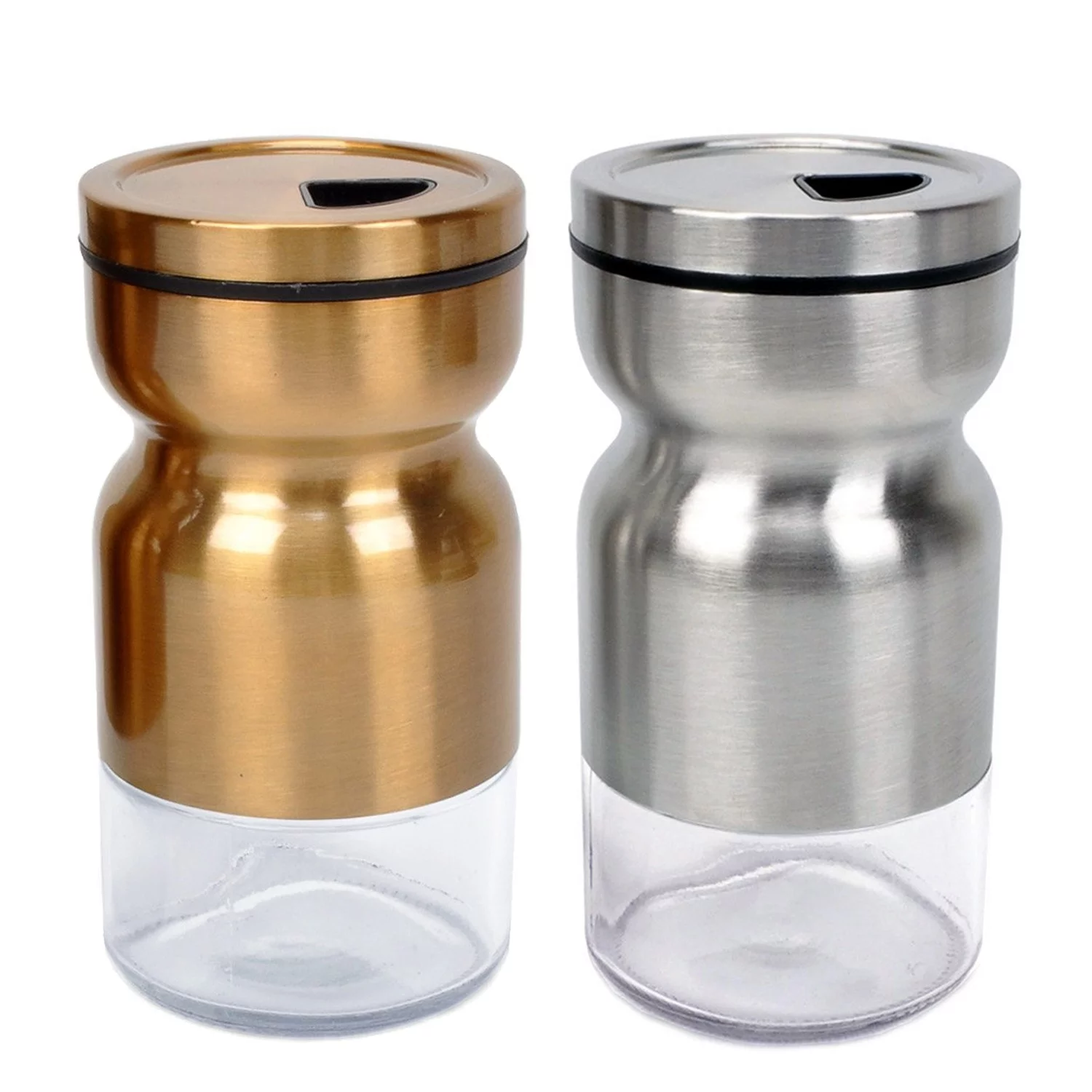


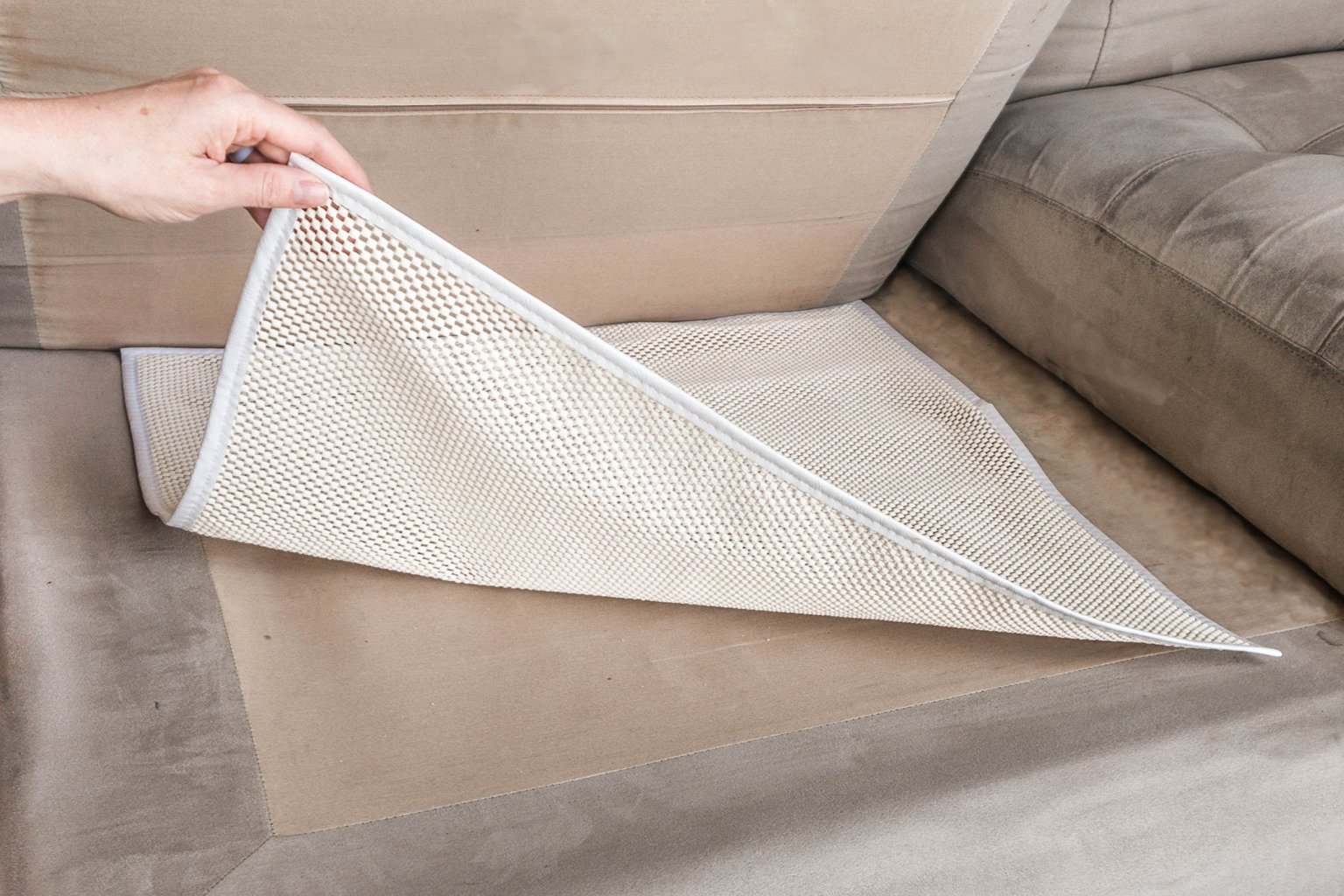

0 thoughts on “I Use This Vinegar Trick To Prevent My Laundry From Fading”